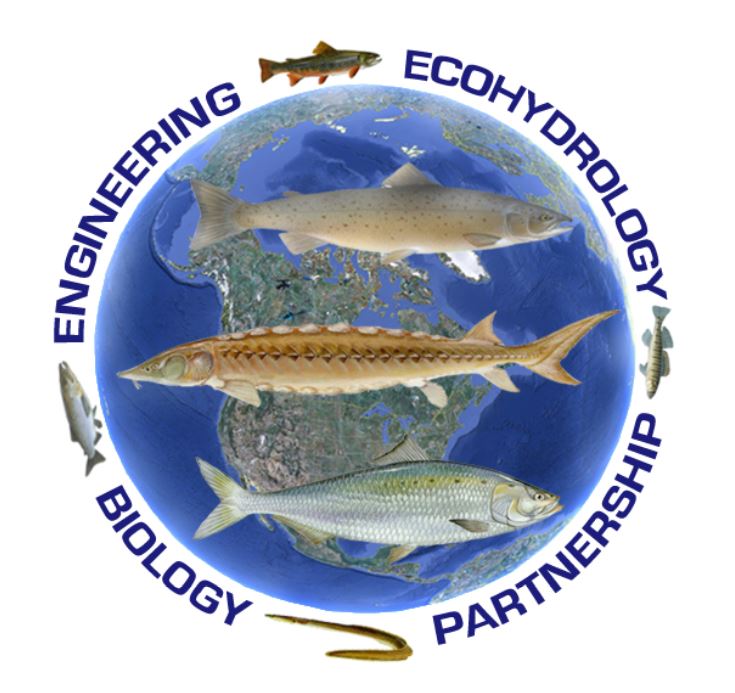Have you ever wondered how fish and other organisms are able to freely move through different bodies of water? Well, it’s all thanks to aquatic organism passage, also known as fish passage. This refers to the removal or modification of barriers, such as dams and road crossings, to enable natural movement. Fish passage is crucial for fish to forage, reproduce, and find safety. But it’s not just fish that benefit from this, other organisms like mussels, turtles, crayfish, and aquatic insects also need to move within and between waterways.
There are various solutions for fish passage, including dam and road removal, enlarging culverts and tide gates, and installing fish ladders or lifts. These actions not only help the aquatic organisms, but they also have additional benefits. Removing barriers can reduce the risk of failure, restore natural water flows, and improve human safety. It can also enhance opportunities for boating and fishing, as well as increase populations of other wildlife that rely on fish for food.
If you’re interested in learning more about aquatic organism passage, there are plenty of resources available. You can attend webinars, participate in conferences, or access relevant citations and presentations. So, next time you’re near a body of water, take a moment to appreciate the natural movement that fish and other organisms are able to enjoy, thanks to aquatic organism passage. One of the primary goals of aquatic organism passage is to enable the natural movement of fish and other organisms within and between waterways. Fish passage, in particular, plays a crucial role in supporting the foraging, reproduction, and safety of fish and other aquatic organisms. However, it is important to note that it is not just fish that require passage through waterways; other organisms such as mussels, turtles, crayfish, and aquatic insects also need to move within and between aquatic systems.
Barriers such as dams, road crossings, and water diversions can hinder the ability of fish and other organisms to freely move through waterways. These barriers disrupt the natural flow of water and create physical obstacles that prevent fish from reaching essential habitats for feeding, spawning, and finding refuge from predators and extreme conditions. Aquatic organism passage aims to address these barriers by removing or modifying them to allow for the free movement of fish and other organisms.
One method of ensuring fish passage is through dam removal. Dams obstruct the natural flow of rivers and streams and can block fish from migrating upstream to spawning grounds. Removing the dam restores the natural flow of water, allowing fish to freely move through the waterways and access their preferred habitats.
Road removal is another approach to aquatic organism passage. Road crossings often include culverts or bridges that can pose obstacles to fish movement. By removing or modifying these road crossings, fish are provided with unobstructed passage, enabling them to move through the waterways and reach essential habitats.
In some cases, the enlargement of culverts and tide gates may be necessary to improve fish passage. Culverts are structures that allow water to flow under roads or other barriers. However, if they are undersized or poorly designed, they can impede fish movement. By enlarging the culverts or tide gates, the water flow is improved, and fish can easily pass through these structures.
Another solution for aquatic organism passage is the installation of fish ladders or fish lifts. These structures consist of a series of ascending pools or steps that allow fish to bypass barriers such as dams. Fish ladders provide a means for fish to swim upstream, mimicking the natural river conditions and enabling them to reach their desired habitats.
Removing barriers to fish passage can have numerous benefits. One of the primary advantages is the enhancement of natural movement. Allowing fish and other organisms to freely move within and between waterways helps to maintain healthy populations and promotes genetic diversity. It also supports the overall resilience of aquatic ecosystems by enabling the natural functioning of the ecosystem.
Improving fish passage also has positive implications for human safety. By removing barriers such as dams and improving water flow, the risk of barrier failure and potential flooding is reduced. Additionally, enhancing fish passage can enhance boating opportunities, as free movement of fish improves the overall health of waterways and increases recreational fishing opportunities.
A crucial aspect of aquatic organism passage is its impact on the ecosystem as a whole. By enabling the natural movement of fish, the overall ecosystem benefits. Fish play a vital role in the food chain, and many other wildlife species rely on them as a food source. By improving fish passage, populations of other wildlife that depend on fish for food are likely to increase, enhancing overall biodiversity and ecosystem health.
To learn more about aquatic organism passage and its importance, there are several resources available. One can attend webinars or participate in conferences that focus on this topic. Additionally, numerous publications, citations, and presentations are available that provide more in-depth information about the various methods and benefits of fish passage.
In conclusion, aquatic organism passage, also known as fish passage, is crucial for enabling the natural movement of fish and other organisms within and between waterways. By removing or modifying barriers such as dams, road crossings, and water diversions, fish and other organisms can freely move to access essential habitats and resources. In addition to its direct benefits for fish, improving fish passage also has positive implications for human safety and the overall ecosystem. Restoring natural movement through waterways enhances the resilience and health of aquatic ecosystems, creating a more favorable environment for all organisms that rely on waterways for survival.




